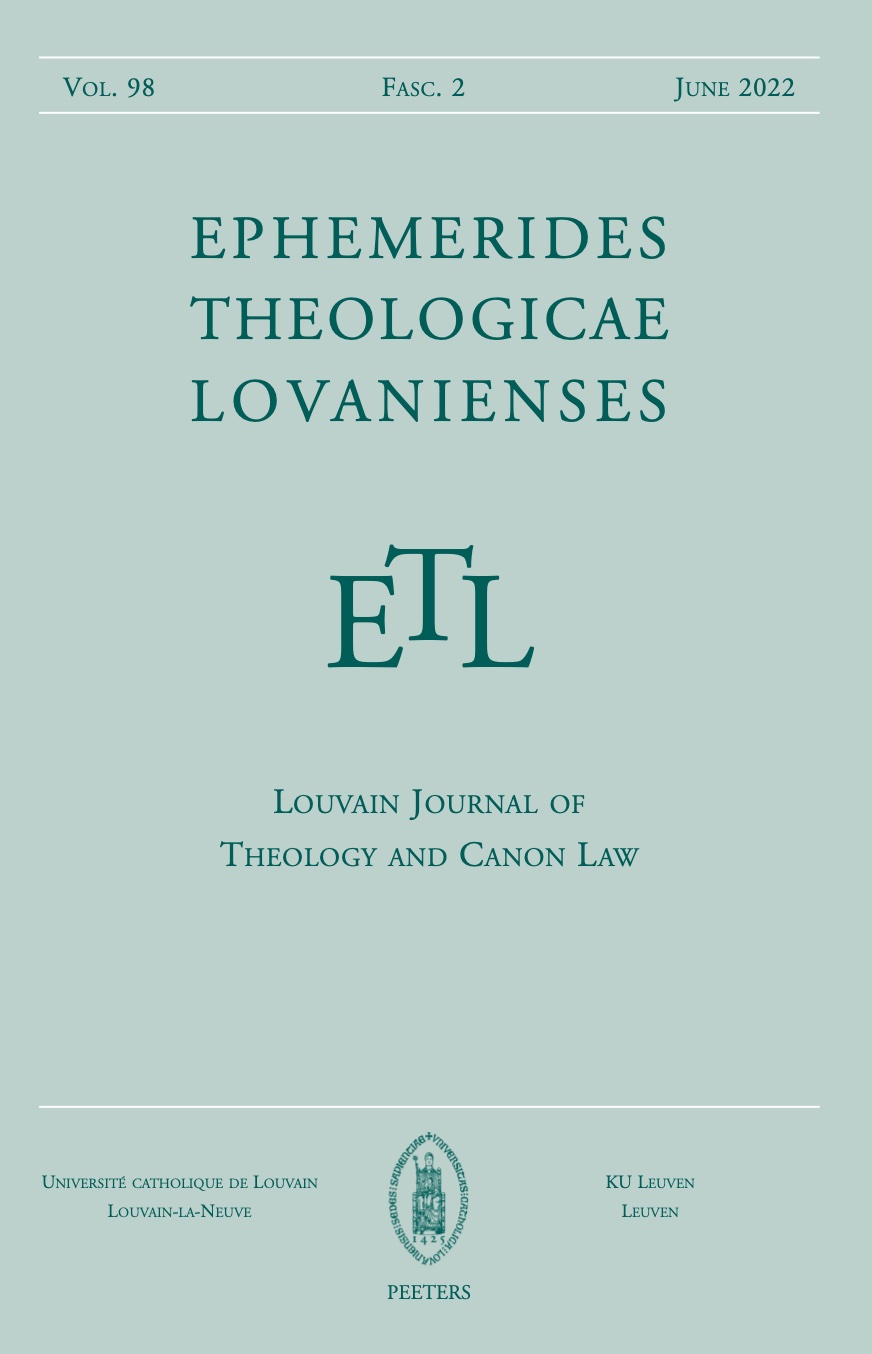 previous article in this issue previous article in this issue | next article in this issue  |

|
Document Details : Title: The Situation of Christology Today Author(s): HAIGHT, R. Journal: Ephemerides Theologicae Lovanienses Volume: 69 Issue: 4 Date: December 1993 Pages: 315-334 DOI: 10.2143/ETL.69.4.556055 Abstract : Few areas in theology have been as volatile over the past two decades as christology. Many of the leading theologians of our time have proposed their different christologies; a plethora of christologies respond to particular issues; the discipline itself is divided into a number of subdisciplines that require specific expertise and have generated their own bodies of literature. More and more what is subsumed within the area of christology appears to be a confusing mass of accumulating data. Is it possible to rationalize or at least organize this material into an intelligible whole? This is the question that this essay addresses with the category “situation”. This term is analogous. Besides its common sense meaning, it takes on technical significance in the context of theological method. In the development which follows I will discuss the situation of christology in three stages. The first descriptive part will survey some of the lines of thought in christology that have opened up over the past years. The point of this account is to illustrate the pluralism within christology and to place on the table the vast amount of data that calls out for some principle of organization. This is the first reference of the term situation. In the second section I define the term situation technically within the framework of theological method. This part tries to establish the thesis that the category “situation” can serve as a principle around which a christological strategy can be deployed. And, finally, the third and concluding section will describe the situation of christology today in such a manner that it includes the movements described at the outset. It will be shown how the situation today provides a set of questions for an integral christology into which the logic and conclusions of these movements may be subsumed. |
|
